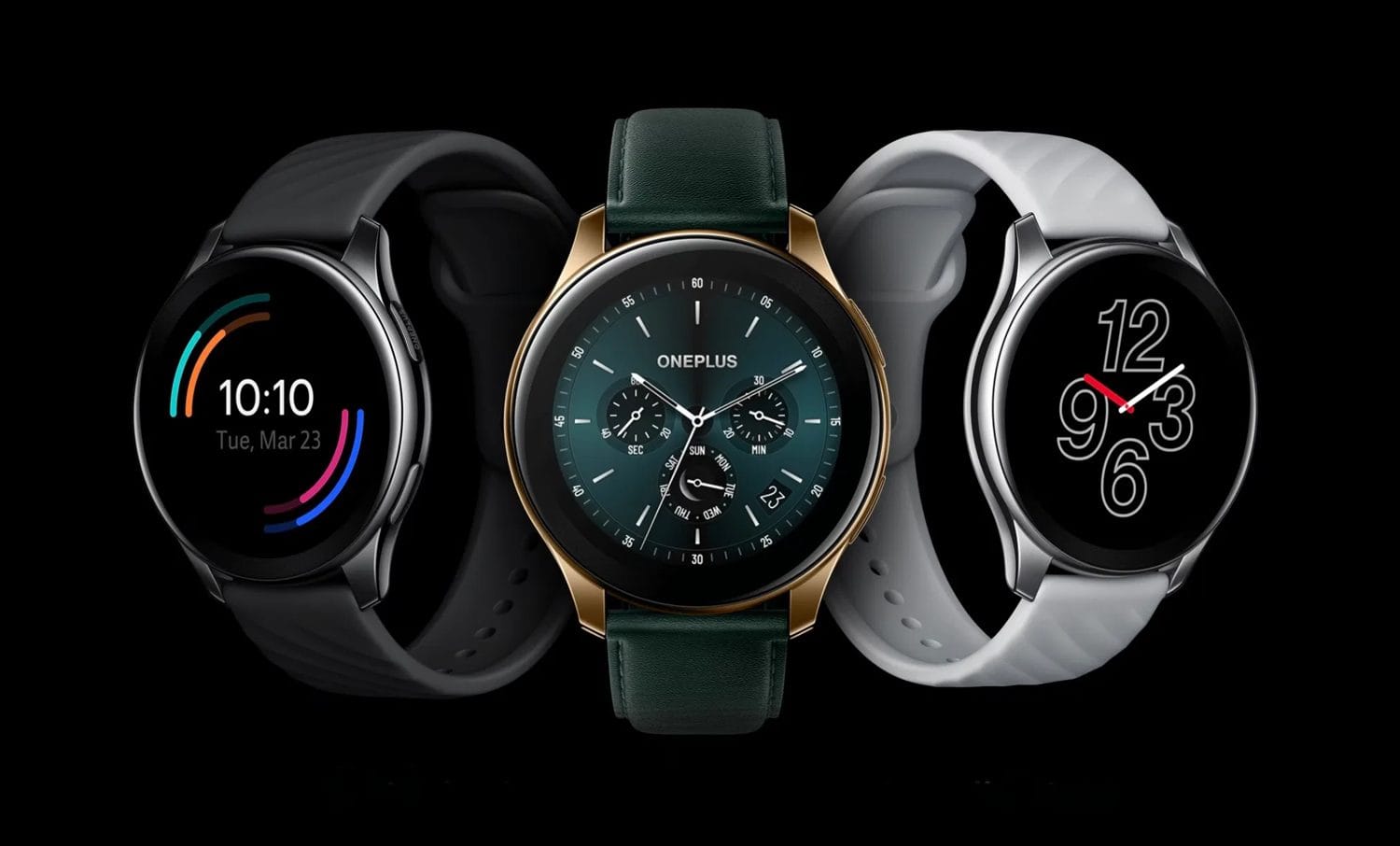The technology field is rife with speculation, especially when it comes to major players like Apple. Recently, the tech community has been buzzing with rumors about a rumored foldable iPad. As Apple continues to innovate, the idea of a foldable tablet raises questions about usability, practicality, and the market’s readiness for such a device. A foldable iPad, while potentially revolutionary, might also be too large for its intended purpose.
Foldable technology has been a growing trend in the consumer electronics market, with several companies already releasing foldable smartphones and laptops. These devices offer users the ability to enjoy larger screens while maintaining a compact form factor. However, the practicality of a foldable tablet remains in question. While a larger screen could enhance productivity and provide an immersive viewing experience, the challenges associated with usability often outweigh the benefits.
One of the primary concerns about a foldable iPad is its size. Current tablets already face limitations with regard to portability, and a foldable design could exacerbate this issue. Users who appreciate the convenience of a lightweight device may find a larger, foldable tablet cumbersome. The ability to easily carry a device in one’s bag or backpack may diminish if the foldable iPad cannot maintain a manageable size when folded. This raises important questions about the practicality of a device that is designed to be both versatile and portable.
Additionally, the durability of foldable screens is a significant consideration. While advancements in technology have improved the resilience of foldable displays, concerns about wear and tear persist. Users may be wary of investing in a device that could be prone to issues such as creasing or screen degradation over time. These concerns are especially pronounced in a device like an iPad, which is often used for a variety of tasks, from entertainment to productivity. A foldable iPad would need to prove its durability in everyday use to gain consumer trust.
Moreover, the user experience plays a critical role in the success of any new device. A foldable iPad must not only function effectively but also provide an intuitive interface that enhances the user experience. The transition between folded and unfolded states must feel seamless, ensuring that users do not encounter frustrating hurdles when switching between modes. Apple has a history of prioritizing user experience, and any potential foldable device would likely need to continue this legacy to be successful in a competitive market.
The software ecosystem is another key factor in the potential success of a foldable iPad. Apple’s iPadOS has made strides in enhancing multitasking capabilities, but the introduction of a foldable device could prompt further updates and improvements. Developers would need to adapt their applications to leverage the unique capabilities of a foldable iPad, ensuring that users can make the most of the screen real estate available. Without robust software support, the device could fall short of expectations.
In terms of market demand, consumer interest in foldable devices remains mixed. While some users are excited about the prospect of a larger, more versatile tablet, others may be hesitant to adopt a new form factor. The success of a foldable iPad will depend on Apple’s ability to convince consumers of the benefits of this new device compared to traditional tablets. Marketing strategies will be crucial in shaping public perception and generating excitement around the product.
The potential price point of a foldable iPad is yet another factor that could influence its market viability. Given the complexity and innovation involved in producing a foldable device, it is likely that the price would be higher than that of standard iPads. Consumers will need to weigh the benefits of a foldable design against the cost, which could deter some potential buyers. As with any new technology, the price-to-value ratio will be a significant consideration for consumers.
Finally, as Apple continues to explore the possibilities of a foldable iPad, industry experts are keeping a watchful eye on competitor offerings. Companies like Samsung and Microsoft have already made strides in the foldable market, and their experiences could inform Apple’s approach. The landscape of tablet and computing devices is rapidly evolving, and Apple must navigate these changes carefully to maintain its competitive edge.
In conclusion, while the rumors surrounding a foldable iPad are certainly intriguing, the concept raises several important questions that Apple must address. The device’s size, usability, durability, software integration, market demand, pricing, and competition will all play vital roles in determining its success. As the tech community awaits further developments, the excitement surrounding a foldable iPad remains tempered by the realities of design and consumer expectations.



